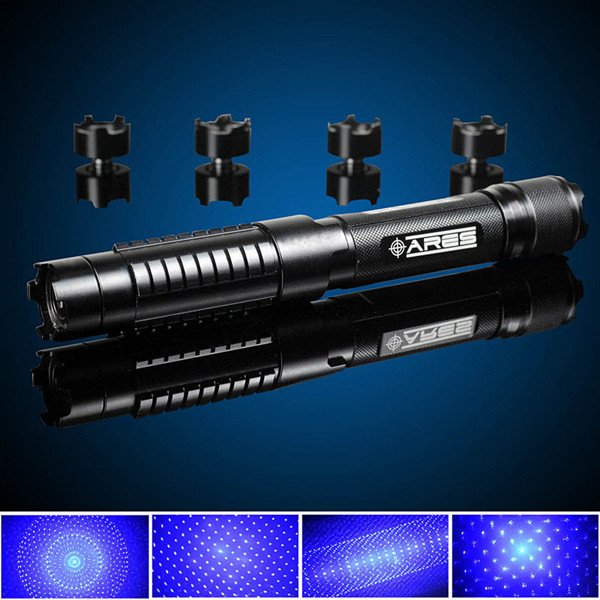keywords: Strongest Laser Pointer | Laser Pointer | 303 Laser Pointer
keywords: Strongest Laser Pointer | Laser Pointer | 303 Laser Pointer
Due to the advent of new LED arrays that can simultaneously emit and detect light, mobile phones and other devices may soon be able to use non-contact gestures to control and use ambient light for charging.
These light-emitting diodes made from tiny nanorods arranged in thin films can produce new interactive functions and multitasking devices. Researchers from the University of Illinois at Urbana-Champaign and Dow Electronic Materials in Marlborough, Massachusetts reported the progress in the February issue of the journal Science.
"These LEDs are a start, making the display to achieve something completely different, in addition to displaying information, into a more interactive device," said Moonsub Shim, who is a professor of materials science and engineering at the University of Illinois Professor, is also the leader of this study. "This can be the basis for many new and interesting designs for electronic products."

These small nanorods with diameters less than 5 nanometers are made of three semiconductor materials. A kind of emission and absorption of visible light. The other two semiconductors control the way the charge flows through the first material. The combination of these three materials enables the light emitting diode to emit and sense light and respond to light.
The 445nm blue laser pointers is written on a small array of multifunctional pixels made of dual-function LEDs that can emit light and respond to light at the same time.
Nano LEDs can quickly switch back and forth between execution of transmit and detection functions. Their switching speed is so fast that the display seems to remain on display for the human eye - in fact, its refresh rate is three orders of magnitude faster than the standard display. However, light-emitting diodes are also constantly detecting and absorbing light, and the displays made up of these LEDs can be programmed to respond to optical signals in a variety of ways.
For example, a display that can automatically adjust the brightness according to the ambient lighting conditions - and on a pixel-by-pixel basis.
"You can imagine sitting on the outside with your tablet to read. Your tablet will detect the brightness of the environment and adjust the brightness of each pixel," Shim said. "There will be some shading on the screen, and in the sun it will be so bright that you can maintain a stable contrast."
Researchers have shown pixels that automatically adjust the brightness, as well as pixels that respond to the proximity of the finger, which can be integrated into an interactive display to respond to a non-contact gesture or to identify an object.
They also show the LED array that responds to the cheap red laser pen, which could be the basis for smart whiteboards, tablets, or other surfaces that are used to write and draw light. And the researchers found that light-emitting diodes not only respond to light, but also can convert light energy into electricity.
"It responds to light in the same way as a solar cell, so we can not only enhance the interaction between the user and the device or the display, but in fact we can now use the display to get the light," Shim said. "So imagine that your cell phone just puts it around to collect the light around it for charging. It's a possibility that you do not have to integrate a separate solar cell.We still have a lot of development work to do to make the monitor available Completely self-powered, but we believe that we can improve the energy performance without compromising LED performance, so that a large part of the power consumed by the display can come from itself.
In addition to interacting with the user and their environment, the nano-LED display can also interact with each other as a large parallel communication array. Shim says it will be slower than device-to-device technology such as Bluetooth technology, but those technologies are serial - they can only transfer one bit at a time. Two face-to-face LED arrays, how many pixels on the screen, how many bits can be used to communicate.
"We interact primarily with our electronic device's display, and the appeal of a display is to view and manipulate the user experience of information," said Peter Trefonas, co-author of the study, an electronic material researcher at Dow Chemical. "The bi-directional capabilities of these new LED materials enable the device to intelligently respond to external stimuli in a new way, and the potential for contactless gesture control is itself a fascinating thing, and we just touched this possibility very shallowly."
Researchers used red light-emitting diode arrays to perform all of their presentations. They are now working on ways to form three-color displays with red, blue and green pixels, as well as ways to improve light collection by adjusting the composition of nanorods.
NEW ARRIVALS
NEW ARRIVALS
Copyright © 2013-2018 KitLaser.com All Rights Reserved.